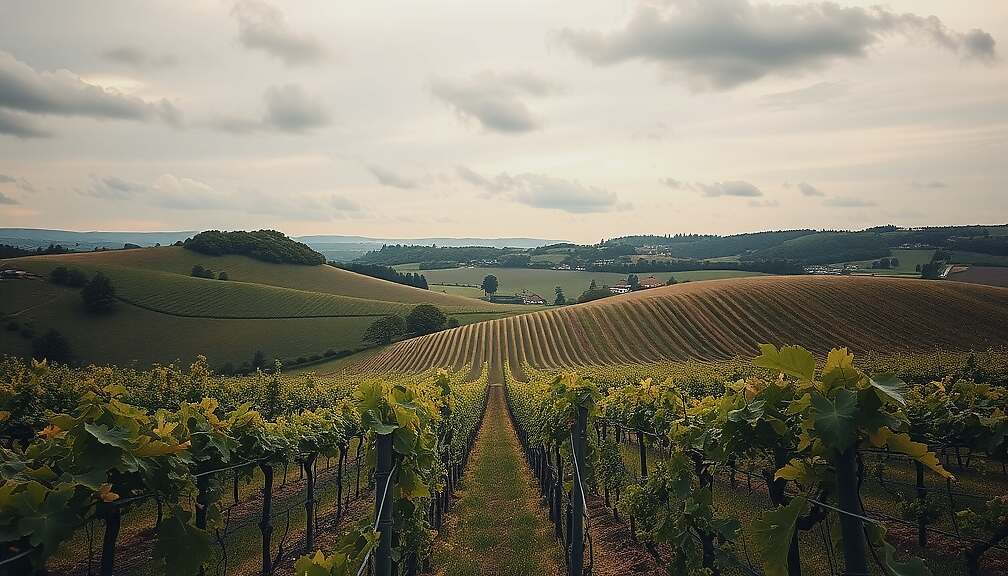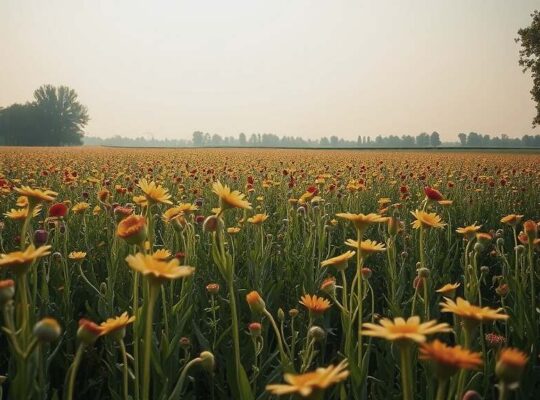Germany’s wine producers are cautiously optimistic for the 2025 harvest, with early estimates suggesting a rebound from a particularly challenging 2024. The Federal Statistical Office (Destatis) projects a harvest of 8.2 million hectoliters, a 5% increase compared to the previous year’s 7.8 million. This recovery follows a 2024 harvest severely impacted by adverse weather conditions, including late frosts and excessive rainfall, leading to a 12% decline compared to the six-year average.
However, the projected 2025 yield remains slightly below the six-year average of 8.5 million hectoliters, raising concerns about the long-term viability of certain regions and prompting debate over the adequacy of government support. While the rebound is welcome, the persistent vulnerability of German viticulture to volatile weather patterns underscores the urgent need for adaptation strategies amidst a changing climate.
The bulk of the expected harvest – over 51% – will originate from the traditional powerhouses of Rheinhessen (2.2 million hectoliters) and the Pfalz (2.0 million hectoliters). Baden and Württemberg collectively account for another 26%, highlighting the geographical concentration of wine production within Germany.
Significant growth is anticipated across numerous regions, with Baden and Württemberg leading the way with projected increases of 24% and 34% respectively. The Mosel, Franken, Nahe and Saale-Unstrut are also poised for substantial gains after experiencing dramatic declines in 2024. The Saale-Unstrut region, in particular, is expected to show a remarkable recovery, rebounding from a nearly 65% decrease last year.
Interestingly, while the overall harvest is predicted to rise, Rheinhessen, the Pfalz and the Rheingau are forecasting declines in their yields. This uneven distribution highlights the localized impacts of weather patterns and potentially exacerbates existing economic disparities among wine-producing regions. The reliance on specific microclimates, combined with varying investment levels in climate-resilient practices, contributes to this divergence.
White wine production dominates the expected harvest, accounting for 69% of the total, with the Mosel, Rheingau and Franken regions virtually exclusive producers. The anticipated increase in yields for key varietals such as Riesling (up 3%), Weißer Burgunder (up 16%) and Grauer Burgunder (up 10%) signals a strategic shift towards lighter, more delicate wines. However, the projected decrease in Müller-Thurgau production (down 12%) raises questions about the long-term popularity and sustainability of this once-dominant variety.
The anticipated surge in Blauer Spätburgunder production (up 21%) contrasts with a decline in Dornfelder (down 18%), indicating a nuanced consumer preference that favors premium, full-bodied reds over more mass-market options. This divergence also suggests that winemakers are increasingly responsive to evolving market demands, willing to adapt their planting strategies to cater to changing tastes.
Government subsidies and climate mitigation programs are now under greater scrutiny, with critics questioning whether existing policies are adequately addressing the increasing frequency and severity of weather-related crop failures. The uneven distribution of success across different regions inevitably raises political pressures to ensure equitable support for struggling viticultural communities.












